Top 5 Most Common Air Plant Issues
Air plants are some of the easiest plants to care for, yet even the most seasoned air plant growers can run into some issues while caring for these plants. Learn about some of the most common issues that might arise when caring for your air plants and what you can do to avoid them. If you have any questions pertaining to your particular plants, don't hesitate to reach out, we are happy to help. Email us at info@airplantdesignstudio.com
Rot

Air plant rot is one of those things that might happen from time to time. While it often spells a death sentence for your air plant, there are ways to avoid it. Rot often occurs in plants that are either overwatered, under-watered, or even plants that aren't getting enough light. Overwatering is the number one cause of rot. If the base of your air plant is soft and mushy to the touch, or if you can pull its leaves easily from its base, rot is often the culprit. Air plants can even rot from the inside out. One day you might have a seemingly healthy looking plant, and then the next day it will completely fall apart. Inner rot is usually to blame. So what can you do to prevent rot? First and foremost, do not overwater your plants. Most air plants only need to be watered once a week, some even less. Never leave your air plant submerged in water for a long period of time, or allow it to sit amongst damp moss in a terrarium. After watering, shake out any excess water from your plants leaves, so the water won't get trapped in the plants base and cause rot. Dry upside down to allow the plant to fully dry and any trapped water to trickle out. Learn about watering your air plant on our care page, "How to Water an Air Plant."
Under-watering
Another big issue that is common with air plants is drying up/dry rot due to under-watering. There is a common misconception that since these guys are called "air plants," that they don't require much water, if any. We often run across misinformation online about how often you should water air plants, and often people say that they only need to be watered once a month, or just misted. This is not the case! Air plants need adequate water to survive, and should be watered at least once a week. It is ok if you forget to water your air plant from time to time, but just make sure not to make it a habit. Air plants that are under-watered will display curled leaves, browning leaves, might feel soft to the touch, and might completely fall apart due to dry rot.
Lack of Light

One of the most common reasons that air plants die is that they aren't receiving enough light. Air plants don't do well in areas that are low light, since most are from tropical regions, and some are even used to more direct sun. If you air plant isn't getting enough light, you might notice that its coloring is fading, and it will often get soft, or wilt. We recommend displaying your plants in a spot that receives indirect light for a least 4-6 hours a day. Often this can be in a bright room, by a window, or even outside.
Over Fertilization
Fertilizing your air plants can help promote growth and flowering, as well as pup formation. But over-fertilizing can burn your air plants leaves, and cause the plant to die. A good rule to follow is to fertilize your air plants once a month at the same time that you water. And remember, a little bit of fertilizer goes a long way!
Poor Air Circulation
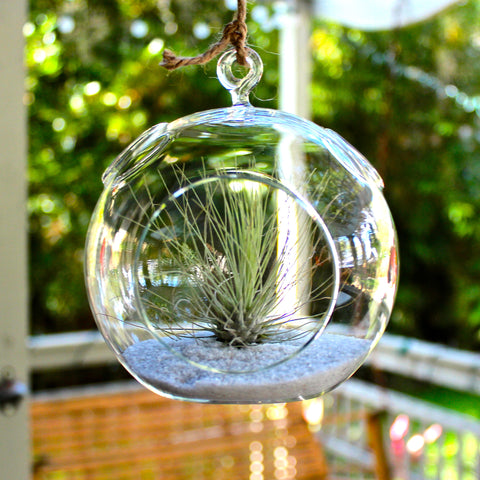
Air plants got their name for a reason, as they prefer to be in an area with good air flow and circulation. While an air plant might look nice in a closed off terrarium, this could spell disaster for your plant, as it can't "breathe" and will die from lack of air flow. Poor air circulation can also cause rot, as moisture won't dissipate in an area with a lack of air flow. We recommend displaying your air plant in a bowl with a large hole or multiple air holes to ensure that it gets enough air.
Pests

While air plants don't have soil which rules out a lot of pests and issues that pests can cause, they can sometimes be susceptible to them. The most common pests that plague air plants are mealy bug, and scale. If an air plant is infested with mealy bug it will have a waxy cotton like substance on its leaves. Mealy bugs cause damage to the soft leaves of Tillandsia and Bromeliads by attacking the leaves to get to the "sap" inside.
Scale insects usually attach to the bottoms of leaves, and can be characterized by tiny shell-like bumps on the stems or leaves of the infected plant. These insects also attack the leaves of air plants and can cause the leaves to yellow and eventually fall apart. While rare for indoor kept plants, it is a good to be aware of the pests that can attack your air plants. If your plants are kept outside, they are at a higher risk of getting infested with bugs, but introducing lady bugs into your garden can help prevent these infestations from happening. Unfortunately once an air plant is infected with scale or mealybugs, they must be quarantined and sprayed with a pesticide. While we try to grow all of our plants without the use of pesticides, sometimes it has to be used for the survival of all of the air plants in the greenhouse.


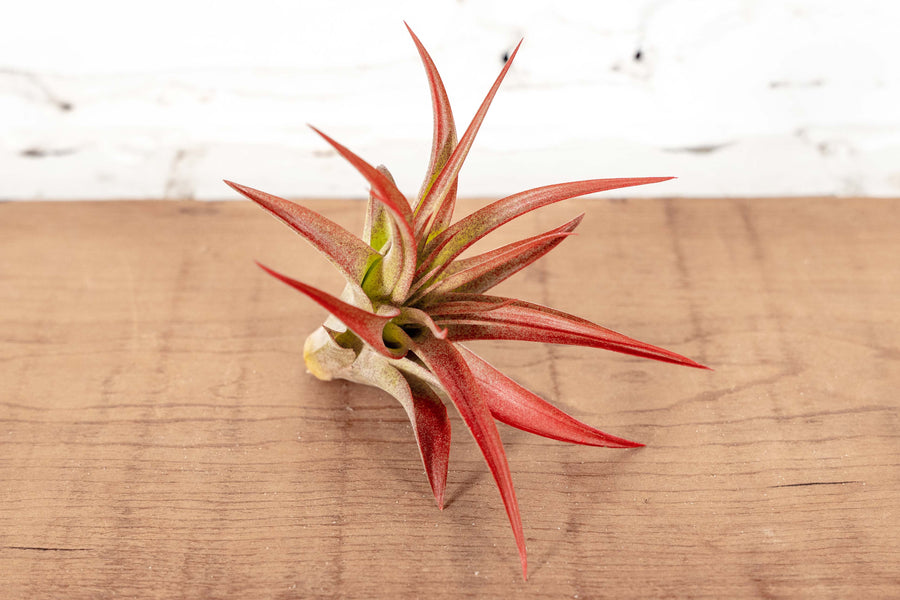
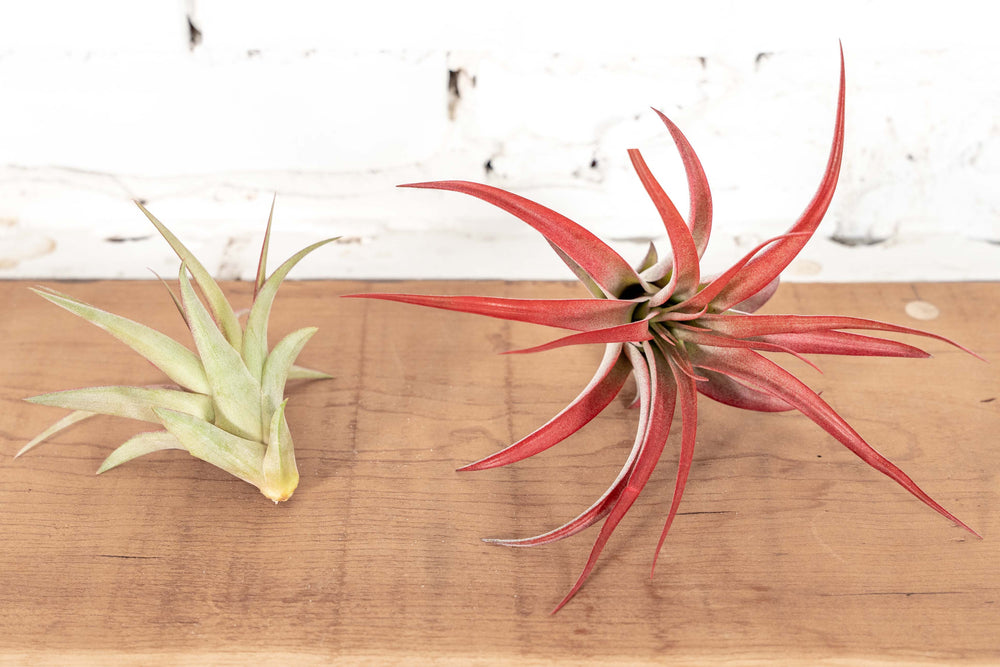
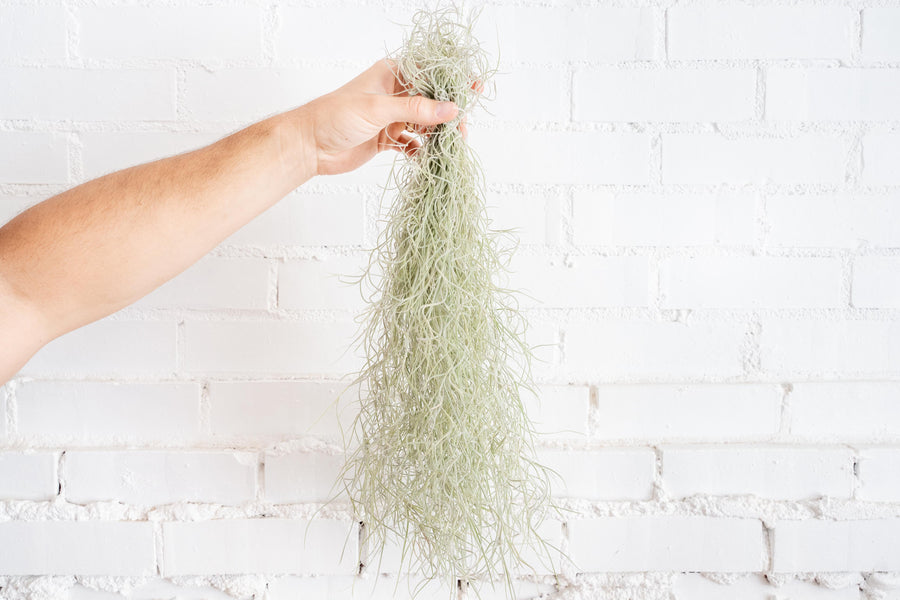
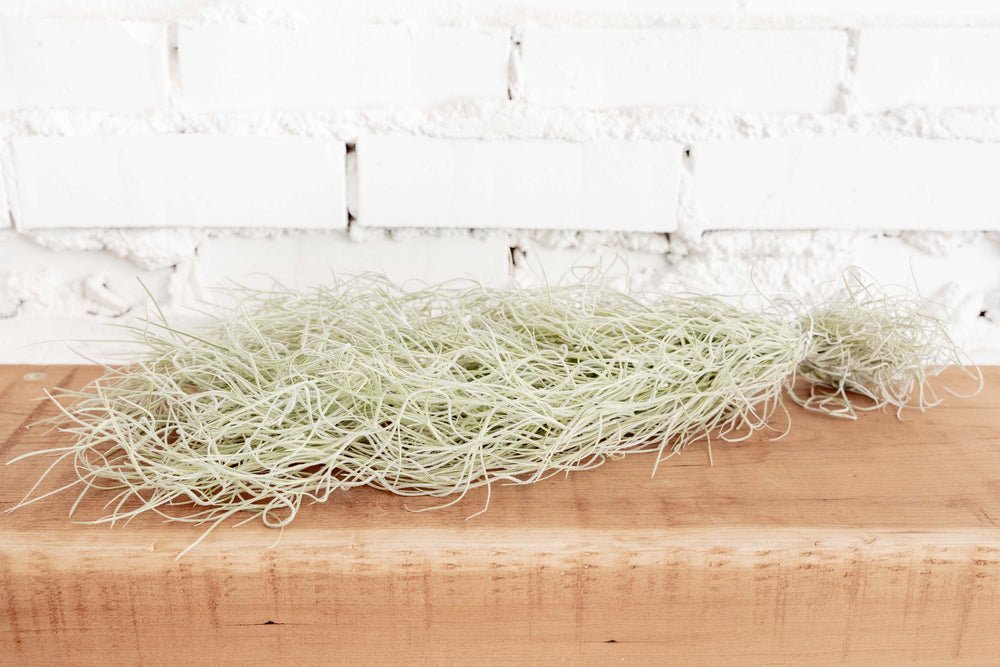
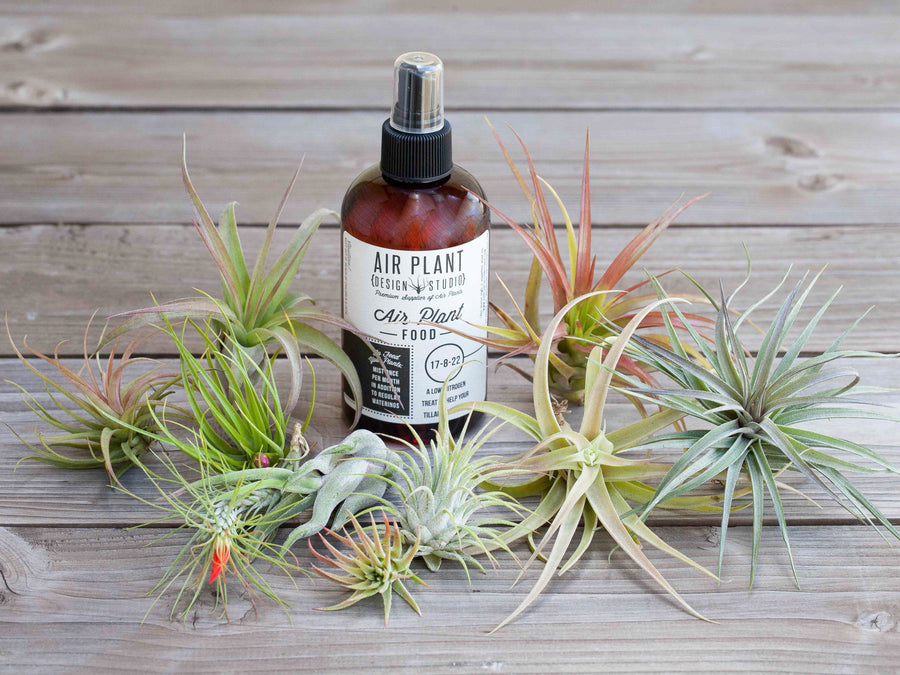
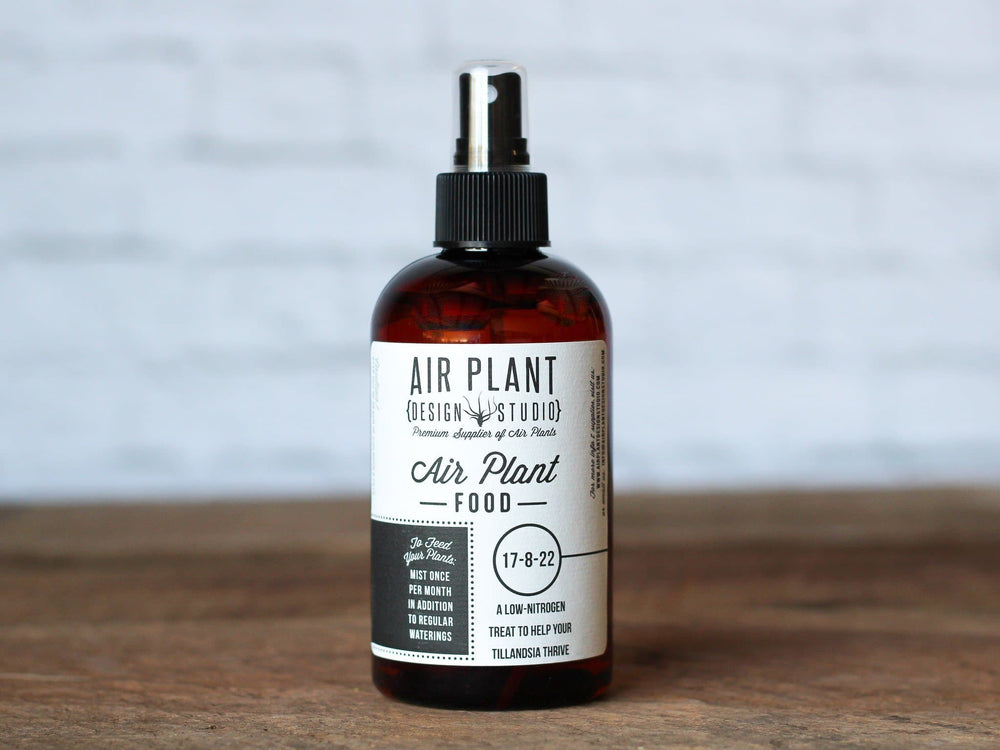
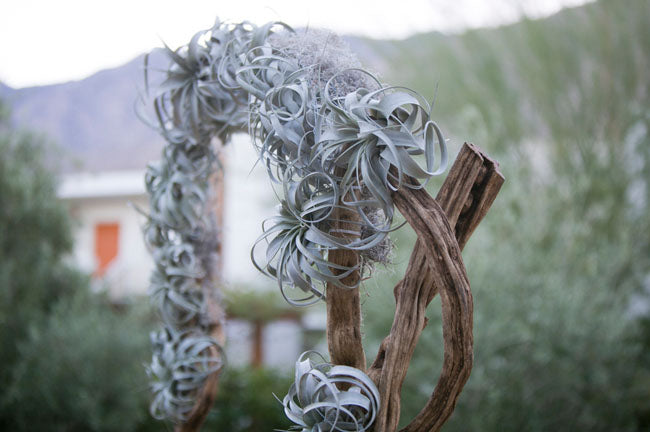
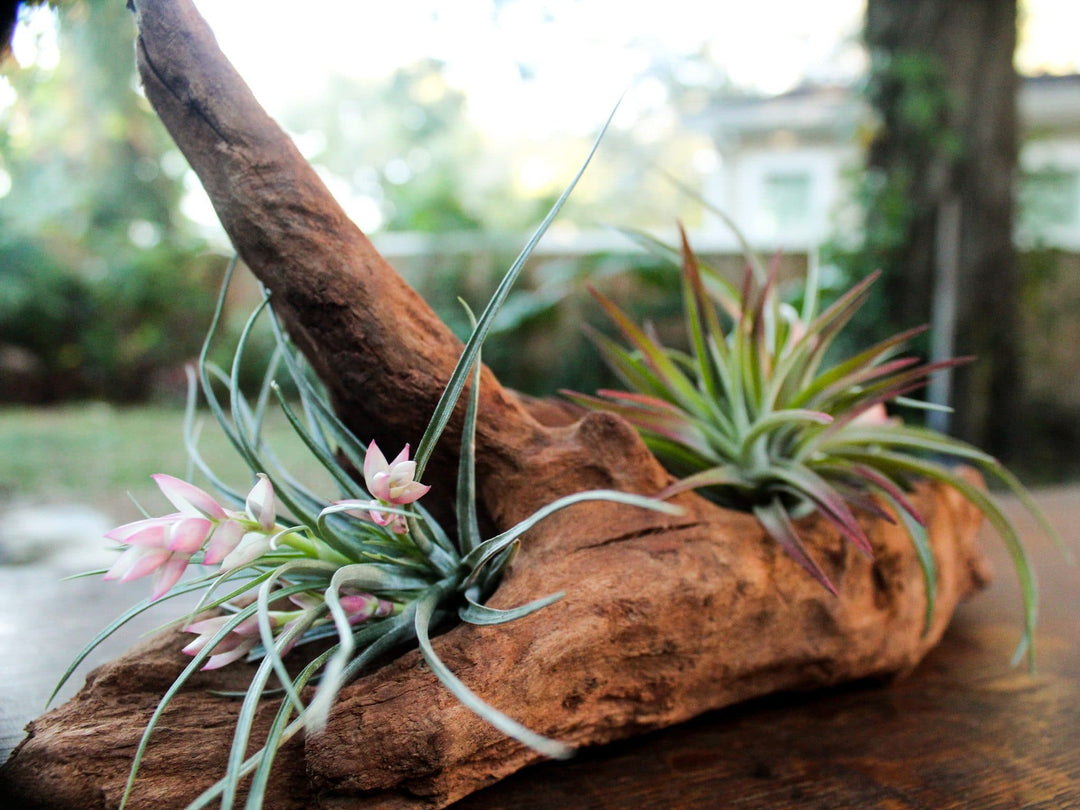
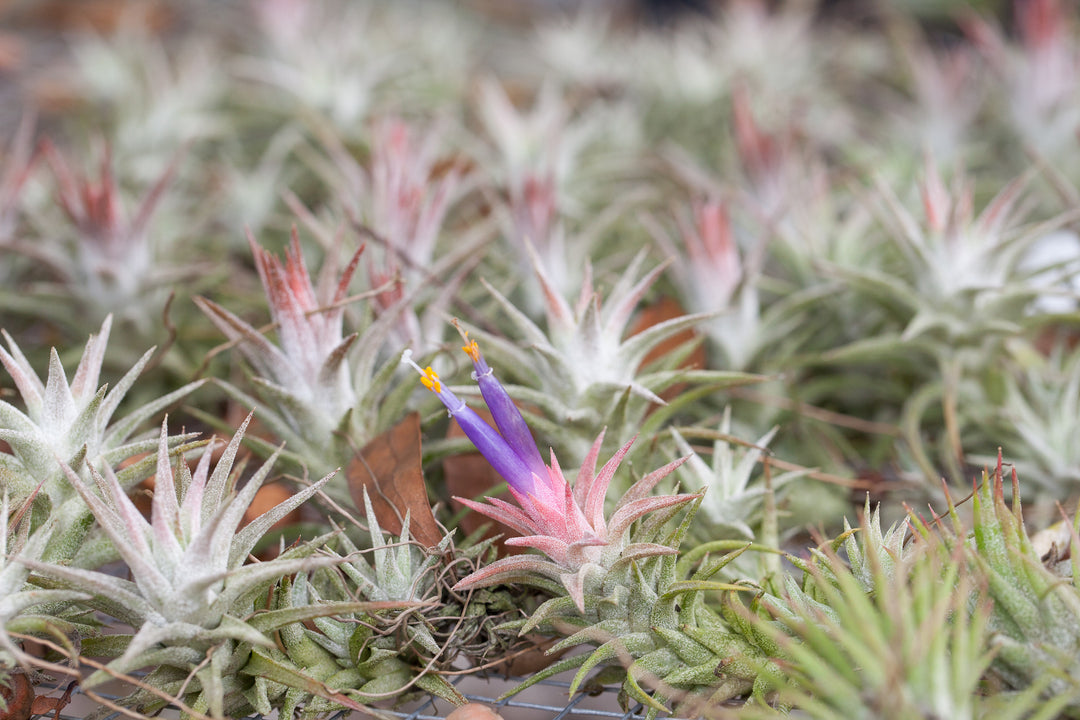
I have a couple of Tillandsias that are healthy and happy but never bloom! Any suggestions? I water weekly and fertilize regularly! Thank you!
Leave a comment